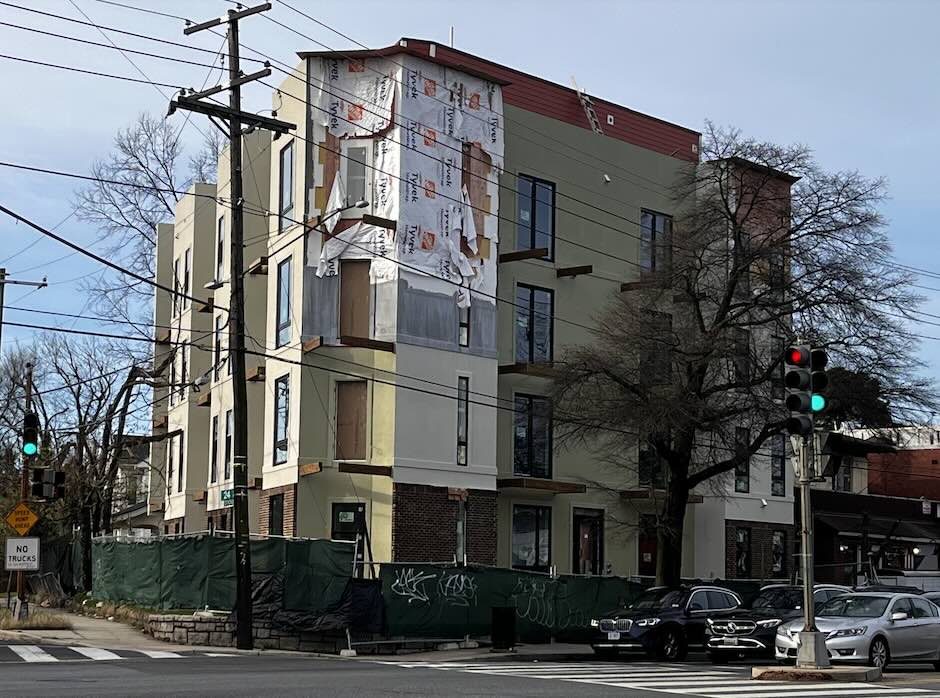
A 40-foot cross in the middle of a Bladensburg intersection survived a court challenge Wednesday, with the majority of the Supreme Court ruling that its age was a reason to allow it to remain.
First erected in 1925 to honor local soldiers who died fighting in World War I, the Bladensburg Cross was challenged by local residents with the support of a group fighting for the separation of church and state.
But in a 7-2 decision supported by both conservative and liberal members of the court, Justice Samuel Alito argued that it can be hard to determine the meaning of memorials erected long ago.
“This relationship between the cross and the war may not have been the sole or dominant motivation for the design of the many war memorials that sprang up across the Nation, but that is all but impossible to determine today,” he wrote. “The passage of time means that testimony from the decisionmakers may not be available.”
He added that the the age of the monument also meant that removing it would “no longer appear neutral.”
“A government that roams the land, tearing down monuments with religious symbolism and scrubbing away any reference to the divine will strike many as aggressively hostile to religion,” he wrote.
In a dissent, Justice Ruth Bader Ginsburg took issue with Alito’s claim, arguing that the meaning behind the cross was quite obvious from the start.
“At the dedication ceremony, the keynote speaker analogized the sacrifice of the honored soldiers to that of Jesus Christ, calling the Peace Cross ‘symbolic of Calvary,’ where Jesus was crucified,” she wrote. “Local reporters variously described the monument as ‘a mammoth cross, a likeness of the Cross of Calvary, as described in the Bible,’ and ‘a huge sacrifice cross.’ The character of the monument has not changed with the passage of time.”
From a constitutional perspective, the decision in American Legion vs. American Humanist Association is unlikely to be a game-changer, since it does not establish a new framework for deciding these kinds of cases, which justices often find tricky.
But it shows a trend away from previous interpretations of the Establishment Clause of the First Amendment, known as the “Lemon test.”























2 Responses to Why the Bladensburg Cross Survived a Challenge